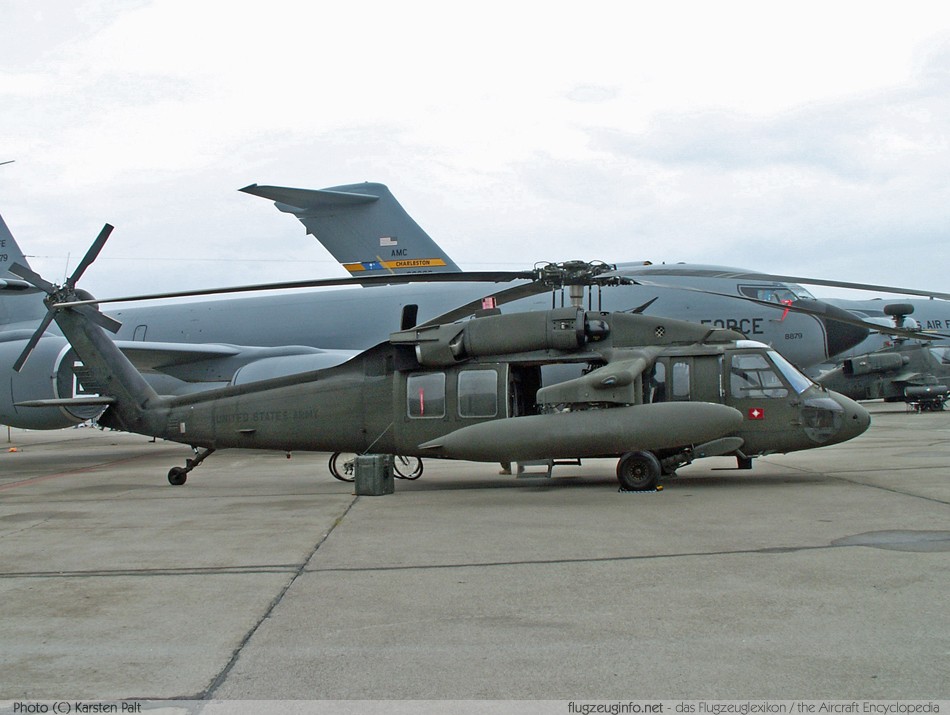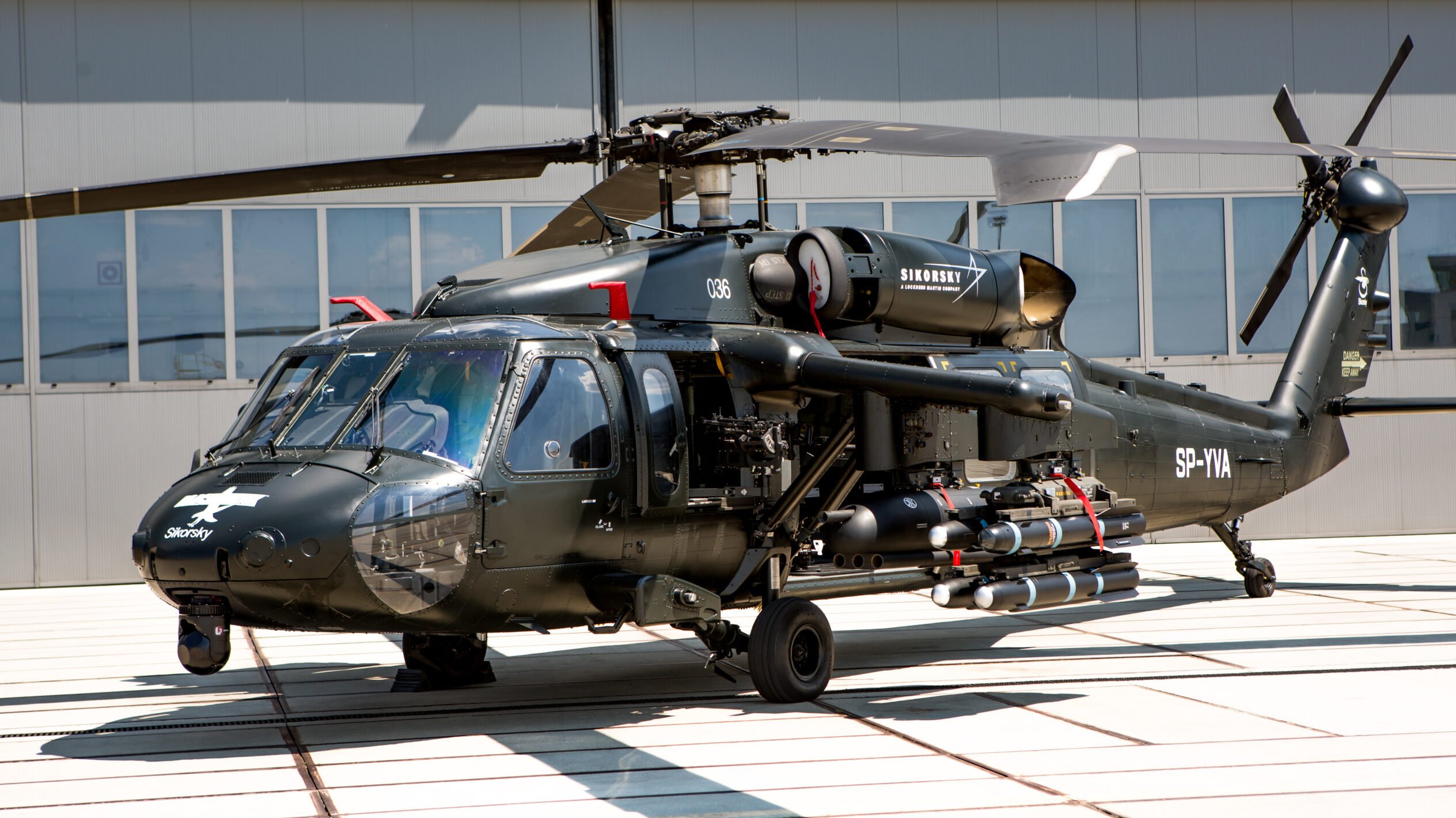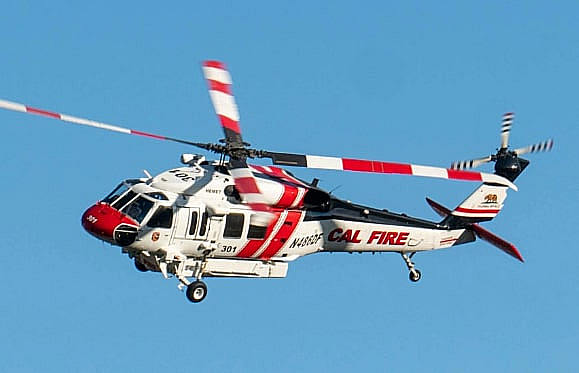Next-Generation Utility Helicopter Geared Up With High-Tech Solutions and Ingenious Style Features
The latest version of energy helicopters represents a leap forward in aerial engineering, flaunting an array of state-of-the-art systems and advanced style attributes that redefine the abilities of these functional aircraft. As we check out the details of its ingenious layout elements and boosted performance abilities, a glance into the future of helicopter innovation unfolds, guaranteeing a revolution in utility aeronautics.
Advanced Avionics Integration
Incorporating cutting-edge avionics systems boosts the operational abilities and safety and security features of the next-generation utility helicopter. These sophisticated avionics technologies play an essential role in boosting situational recognition, navigating accuracy, and general goal performance. By integrating cutting edge systems such as electronic glass cabins, fly-by-wire controls, and progressed communication suites, the helicopter acquires improved dexterity, responsiveness, and performance in various operational situations.
The electronic glass cabin gives pilots with a comprehensive display of flight data, navigation info, and sensor inputs, enabling for much easier data processing and decision-making throughout objectives. Fly-by-wire controls supply specific and flexible handling attributes, improving maneuverability and responsiveness while lowering pilot workload. In addition, the sophisticated communication suites enable seamless combination with ground control, various other airplane, and command centers, guaranteeing efficient coordination and real-time data exchange.

Ingenious Design Aspects
The incorporation of cutting-edge layout elements in the next-generation energy helicopter establishes new standards for effectiveness and efficiency in airborne operations. One of the standout design features is the helicopter's structured fuselage, which not only enhances the rules of aerodynamics but additionally enables increased speed and ability to move. Making use of lightweight composite products in the building additionally adds to fuel effectiveness and payload capabilities.

Furthermore, the helicopter's innovative rotor system, featuring advanced blade layouts and materials, improves lift capabilities while lowering sound degrees. This layout aspect not only improves general performance however additionally lowers the ecological effect of the airplane (sikorsky s 70). Generally, the cutting-edge layout components integrated into the next-generation utility helicopter stand for a considerable leap forward in aerial modern technology, establishing new standards for functional performance and goal performance
High-Tech Security Solutions
With an emphasis on enhancing functional safety, the next-generation energy helicopter is geared up with sophisticated modern safety and security systems. This system utilizes modern sensors and software application to determine possible challenges in the helicopter's trip path, offering real-time signals to the pilot and allowing speedy incredibly elusive activity.
Additionally, the next-generation energy helicopter is outfitted with an extensive wellness and use tracking system (HUMS) HUMS continually monitors numerous components of the helicopter, finding any kind of anomalies or potential problems prior to they rise into safety and security hazards. This positive technique to upkeep boosts the overall safety and reliability of the airplane, reducing the risk of in-flight emergencies.
Furthermore, the helicopter is furnished with an innovative auto-pilot system that not just aids the pilot in keeping secure flight conditions yet also consists of functions such as auto-hover and auto-land abilities, further enhancing safety throughout vital stages of flight. These state-of-the-art security systems jointly add to making the next-generation energy helicopter a reliable and secure system for numerous objectives.
Improved Performance Abilities
To build upon the foundation of advanced safety attributes, the next-generation energy helicopter showcases an exceptional range of enhanced performance capacities created to raise its operational performance and efficiency. One essential aspect adding to its improved performance is the incorporation of innovative propulsion systems, such as more powerful engines or innovative rotor layouts. These enhancements result in increased rate, agility, and total maneuverability, allowing the helicopter i thought about this to react swiftly to changing functional requirements.
Additionally, the next-generation energy helicopter is geared up with state-of-the-art avionics systems that boost situational understanding for the pilots. These systems consist of progressed navigating devices, communication systems, and incorporated sensors that give real-time data to assist decision-making procedures. By leveraging sophisticated technology, the helicopter can run better in diverse settings and weather problems, making sure mission success.
Additionally, the boosted performance abilities extend to the helicopter's payload ability and operational array. Via innovative style attributes and materials, the helicopter can bring larger loads over longer distances, providing to a variety of objective needs. This increased effectiveness not just boosts logistics but likewise increases the helicopter's versatility in different functional circumstances.
State-of-the-Art Functionality
Incorporating innovative modern technology and progressed engineering, the next-generation utility helicopter exemplifies modern capability. This helicopter is geared up with a variety of ingenious functions that boost its functional capacities and efficiency. One key aspect of its capability is the sophisticated avionics systems that supply pilots with real-time information and enhanced situational awareness, making it possible for specific navigating and objective execution also in tough environments.

Furthermore, the helicopter's cutting edge communication systems guarantee seamless connectivity with ground control and various other airplane, promoting worked with procedures and quick action to dynamic circumstances. The integration of advanced sensing units and security tools better improves the helicopter's performance by allowing comprehensive monitoring and intelligence-gathering capacities.
In addition, the helicopter's adaptive flight control systems and automated features simplify procedures, decrease pilot workload, and make certain ideal performance throughout numerous objectives. sikorsky s 70. The incorporation of cutting-edge products and aerodynamic layout aspects also add to the helicopter's effectiveness, agility, and general functionality, making it a trusted and flexible asset for a large range of energy objectives
Conclusion

The most current version of utility helicopters represents a jump onward in aerial engineering, boasting a selection of sophisticated systems and sophisticated style functions that redefine the capabilities of these functional airplane.Integrating advanced avionics systems enhances the functional abilities and safety attributes of the next-generation energy helicopter.With an emphasis on boosting operational safety, the next-generation energy helicopter is furnished with advanced high-tech safety and security imp source systems.Additionally, the next-generation utility helicopter is furnished with modern avionics systems that improve situational understanding for the pilots.In verdict, the next-generation utility helicopter showcases sophisticated avionics find out here now integration, ingenious design components, high-tech safety and security systems, enhanced performance capabilities, and state-of-the-art performance.
Comments on “Introducing the Sikorsky S 70: Innovations and Advances in Helicopter Design”